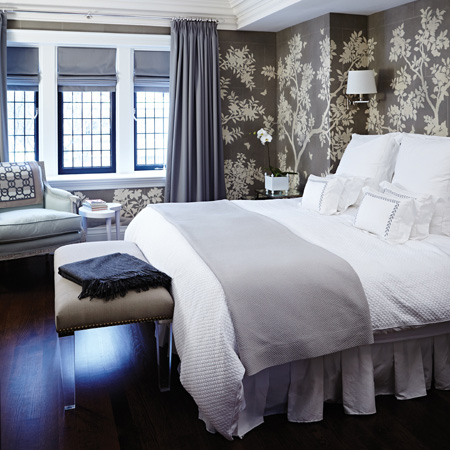Signs And Effects Of A Bad Bed
Signs of a Bad Mattress
Can a Bad Mattress Cause Health Problems?
How Long Do Mattresses Last?
Can You Fix a Bad Mattress?
Posted on March 5th, 2022
Are Mattress Protectors Necessary or Not Necessary? That Is The Question

Should I get a mattress protector or a mattress encasement? What's the difference?
Mattress Protectors
- Want protection against most spills and allergens, but want something that's nearly undetectable through the sheets
- Are on a tighter budget and want to save money
- Still plan to regularly clean your mattress to remove allergens
- Want the ease and convenience of laundry care for something that is easily removed
.
Mattress Encasements
- Want more complete protection against both accidental spills as well as allergens and bed bugs
- Are willing to spend a bit more for more comprehensive protection
- Consider the mattress a "high risk" area for accidents that include bodily fluids
- Have very sensitive skin or allergies that require extensive protection
.
Tips for Find a Quality Mattress Protector or Mattress Encasement
Check Out Reviews
Look at Materials
Consider Length of Protection
Why use mattress protection?
Posted on March 5th, 2022
Is A Headboard Necessary Or Beneficial?

PREVENT WEAR AND TEAR ON YOUR WALL WITH A HEADBOARD

.
GET COMFY WHEN SITTING UP IN BED
YOUR PILLOW WILL STAY WHERE IT’S SUPPOSED TO

CREATES A COSY AMBIENCE

Posted on September 30th, 2021
Facts About Pillows

1. The first pillows were hard.
2. Pillows only became a popular household item during the Industrial Revolution.
3. There are different types of modern-day pillows.
4. Pillows are not just for sleeping.
5. Some pillows are good for your health.
6. Pillows have definite lifespans.
7. Your pillow may not be as clean as it appears.
Choosing the Right Pillow for You
Posted on September 17th, 2021
Why A Good Quality Bed And Mattress Is Important

Posted on September 17th, 2021
How To Make A Bedset Look Like A Hotel Bed
- A quality mattress
- A luxury cotton fitted sheet
- A duvet cover
- 2 pillowcases
- 2 shams
- A breathable cotton mattress pad
- 2 pillow protector covers
- A luxury cotton flat sheet
- A throw pillow
- Throw blanket
- Step 1: Start with a comfortable mattress. The quality of your mattress is crucial to your sleep. Before you head out and shop for a mattress, it is important to know the type of sleeper you are. Side sleepers should seek something on the softer side while back or stomach sleepers should seek something more firm. Most mattresses have a lifespan of 8 to 10 years so it’s a good idea to invest in a good mattress. You may need to consider getting a few recommendations for the best bed sets for your body type, sleep position and pressure points - only Bed King’s Comfort Solutions Lab® can do that for you...
- Step 2: Cover the mattress with an (optional) mattress pad. A mattress pad not only provides an extra layer of comfort, but it also protects your mattress from dust, spills and, dare we say stains. Use a cotton (vs. a polyester) mattress pad for extra breathability during hot summer nights and insulation for the winter.
- Step 3: Put the fitted sheet on over the mattress pad. Pull the elastic corners of the fitted sheet over each corner of the mattress. the mattress pad. Curious about our thoughts on the best cotton sheets? We recommend investing in the highest-quality sheets you can afford. We all want our bed to look and feel good, so knowing these three tips will ensure you get quality sheets for the most blissful nights’ sleep.
- Material: Cotton comes in various levels of quality. However, no matter where the cotton is grown, 100% extra-long-staple cotton is the best quality cotton. Cotton is a premium product and breathes much better than jersey, linen or other fibre blends such as polyester, bamboo or rayon.
- Weave: If you like smooth, almost silky sheets, you will like cotton sheets, woven with a sateen weave. For a lighter and crisper hand-feel similar to a men’s shirt, you will like a percale weave.
- Thread count: Thread count matters, but be wary of anything above 430. To achieve thread counts higher than 430, bedding manufacturers often times use creative weaving and counting methods that do not necessarily result in a higher quality fabric. A high-quality sheet that will last you for years to come will be between 300-430 thread count.
- Step 4: Next comes your (optional) flat sheet. Lay your flat sheet on top of your fitted sheet with the finished side facing down. To get that super crisp and tucked in look, make hospital corners on all four corners. To make hospital corners, view this tutorial here on how to make hospital corners in a snap. Then fold over the top of the flat sheet.
- Interesting fact! Almost 40% of Americans do not sleep with a top sheet. We like taking off the top sheet as it usually becomes a jumbled mess at the foot of the bed every morning and adds extra time to make the bed every morning
- Step 5: Layer with a beautiful duvet cover and fluffy comforter. Put the duvet cover on the comforter. Here are the three easiest ways we found how to put a duvet cover on a comforter. Duvet covers are now universally recognized as the most easy-care bedding option for your bedroom. Use the duvet cover as a statement piece for your room. When choosing your duvet cover, think not only about quality (material, weave and thread count) but also choose the design and style you like. It will set the tone for the entire bedroom and is easy to switch and style every season. To create the dreamiest bedroom, have fun with colour, pattern or texture on your bed.
- Fun tip! Have some decorating fun by styling your duvet cover in different ways to achieve your desired look. Try making your bed with the duvet cover pulled all the way up, folded halfway to expose your beautiful sheets or, our personal favourite, folding it in thirds at the foot of your bed for a luxury hotel look.
Posted on August 28th, 2021
Here’s Why You Need a Mattress Protector
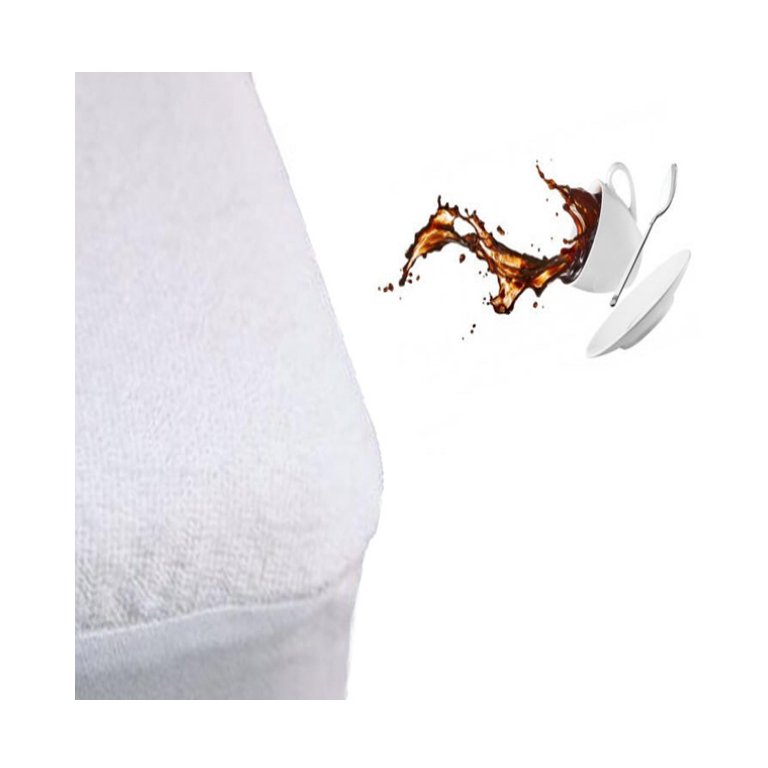
What exactly is a mattress cover?
A breakdown of what you are protecting your mattress from:
- Everyday wear and tear reduce the ageing of your mattress and give it a longer life.
- Liquids and spills
- All kinds of allergens
- Bed bugs (you will find fully encased mattress protectors can help in this regard)
How the mattress cover protects the sleeper
The different types of mattress protectors
Posted on July 12th, 2021
What’s Inside Your Mattress?

.
Mattress Materials Guide
.
What are innerspring mattresses made of?
.
.
.
What are memory foam mattresses made of?
.
.
.
What are latex mattresses made of?
.
.
.
What are hybrid mattresses made of?
.
.
.
What mattress filling is right for you?
.
.
.
Article from https://bodaciousbedrooms.weebly.com/blog/whats-inside-your-mattress
Posted on July 12th, 2021
From Design to Mattress Warehouse

The Manufacturing Process
- 1 Most mattress manufacturers subcontract the production of the innerspring unit to an outside firm that specializes in making springs. Once the completed spring unit is received and inspected, the workers manually apply the insulator. Next, they apply the cushioning layers that will determine the feel and comfort of the final product.
- 2 While the mattress is being "built up" in one part of the plant, the decorative cover that will serve as the exterior for the top, bottom and sides is being made in another part. Usually, this cover is made on a giant quilting machine, which controls a multitude of needles that stitch the cover to a layer of backing material. The stitching chosen serves both useful and ornamental purposes, as it must prevent the mattress cover from slipping or creeping over the layers of cushioning in addition to creating a visually pleasing exterior.
- 3 Once the fabric is quilted, it is cut into panels that will fit the top and bottom of the mattress. The side panels are often cut from this same composite or made separately on a border machine. If side handles or vents are to be added, they are attached to the side panels before these are applied to the mattress.
- 4 Specially modified sewing machines are used to attach the flanges to the top and bottom panels, and the hogs rings are stapled to the flanges. Everything is now ready for the closing operation, during which the hogs rings will be secured to the innerspring unit.
- 5 The closing operation is one of the most highly skilled and critical procedures in the entire process. It is done with a movable sewing head that is mounted on a track. Tape edge operators manually feed the top, bottom, and side panels and a heavy-duty binding tape into the sewing machine as it moves around the mattress. As this combination of materials is fed into the machine, the operators use their skill to feed the proper amount of each material into the machine to produce a professionally tailored product.
- 6 Some of the highest quality mattresses may also feature a pillowtop, a panel filled with soft upholstery and attached to the top and bottom panels of the mattress for a more luxurious feel and appearance. Prequilted, the pillowtop is then taped to the mattress.
- 7 If the desired boxspring has a spiked coil design, it is made by stapling the bottom of each coil to a flat wooden frame. A wire grid is then placed on top of the springs and, once aligned, manually locked to them. A thin layer of upholstery is applied to the top. If the desired boxspring contains no springs.

- 8 Once the units are complete, they are inspected for quality. If everything is in order, they are labelled with the content and the contingent "do not remove" tag, required by law to ensure the consumer that the contents are properly represented in the labelling. The finished product is then transported to the packing area. Here it is inserted by hand or by automated machinery into protective plastic or paper covers. Additional information about the warranty, safety, and care of the product is also included in the packaging.
Quality Control
The Future
Posted on June 25th, 2021
Guest Bedroom Ideas - Part 1
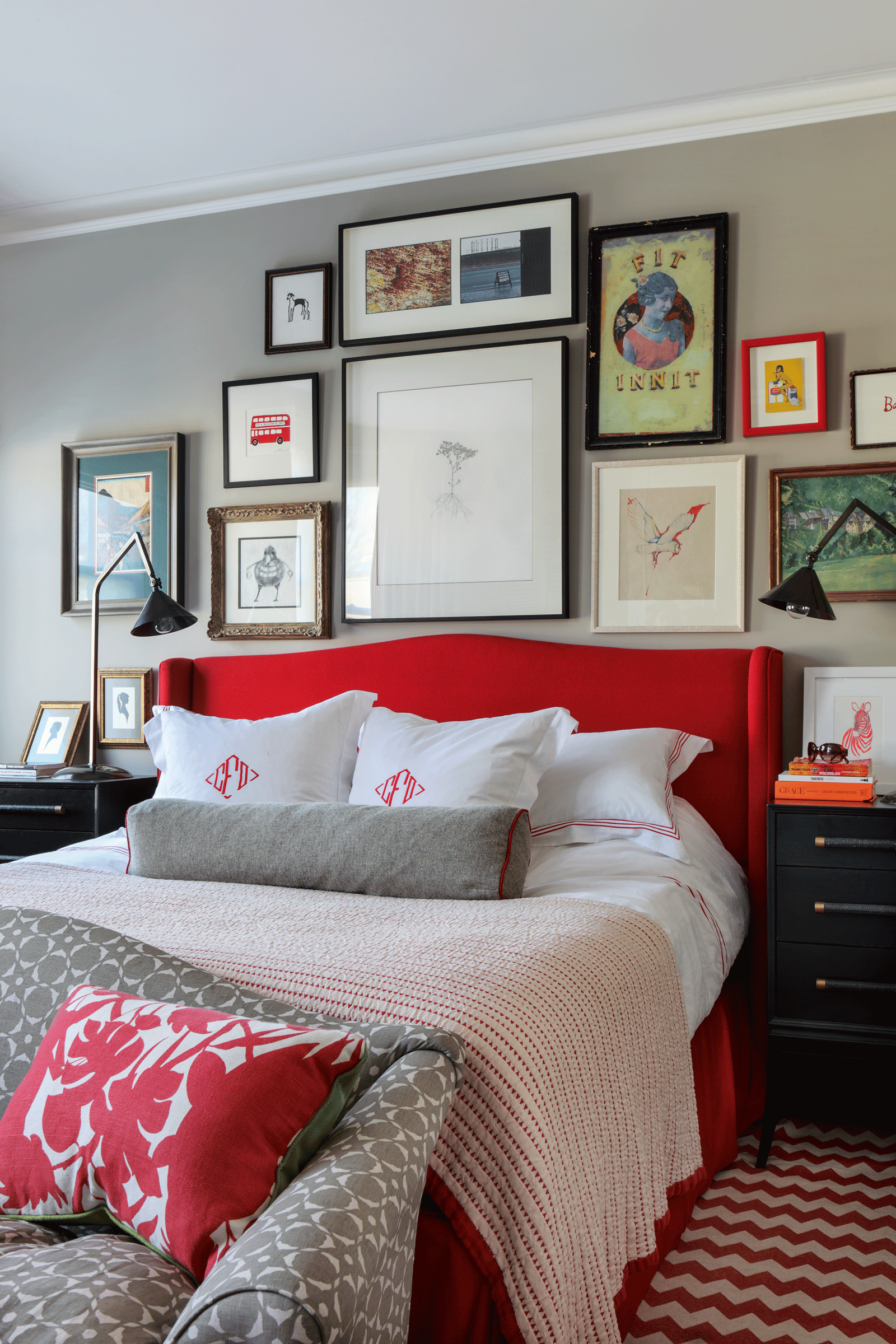
1. MAKE YOUR GUEST ROOM MULTI-PURPOSE
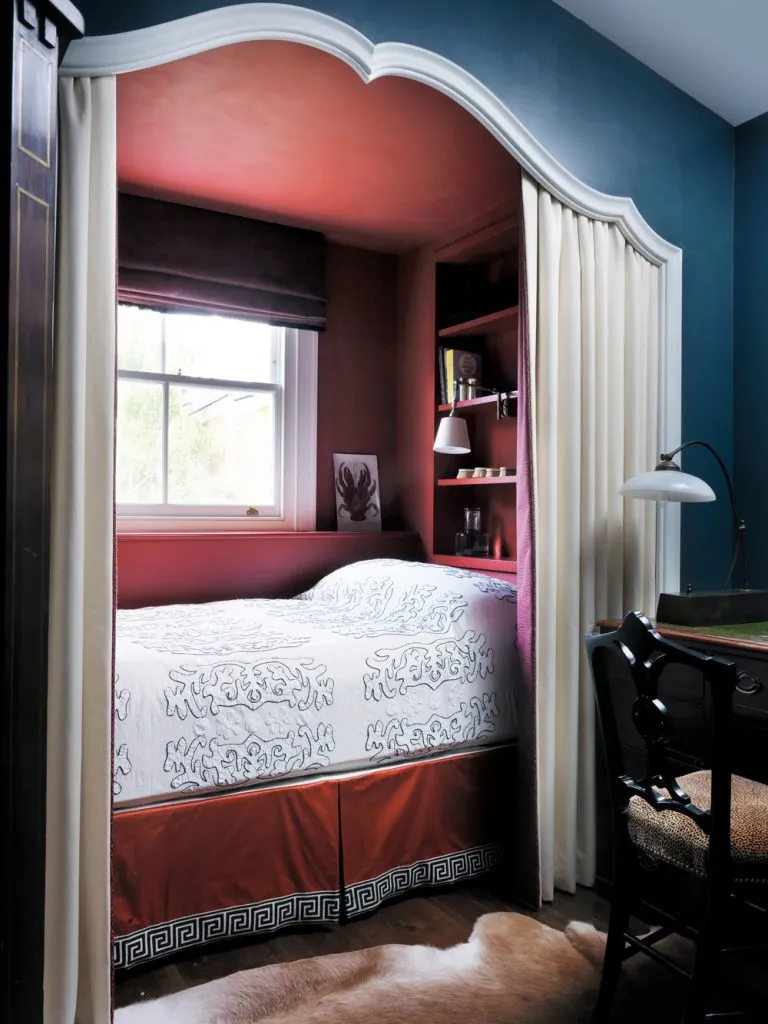
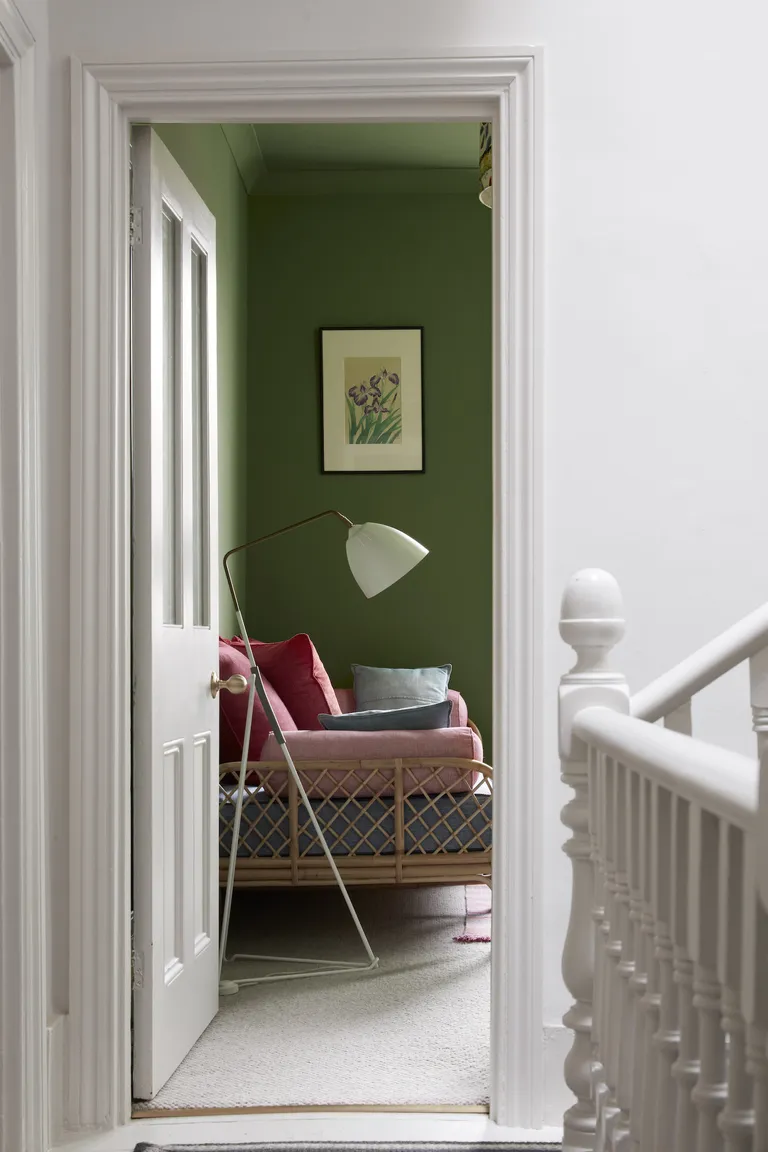
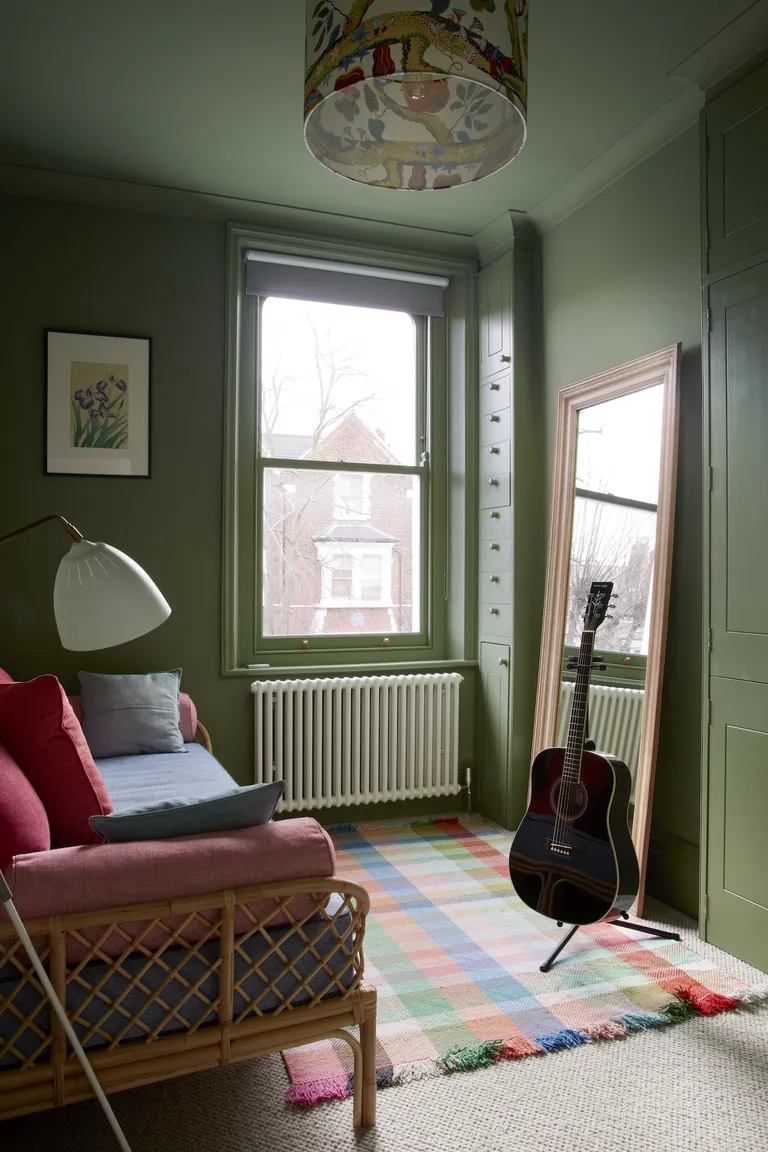
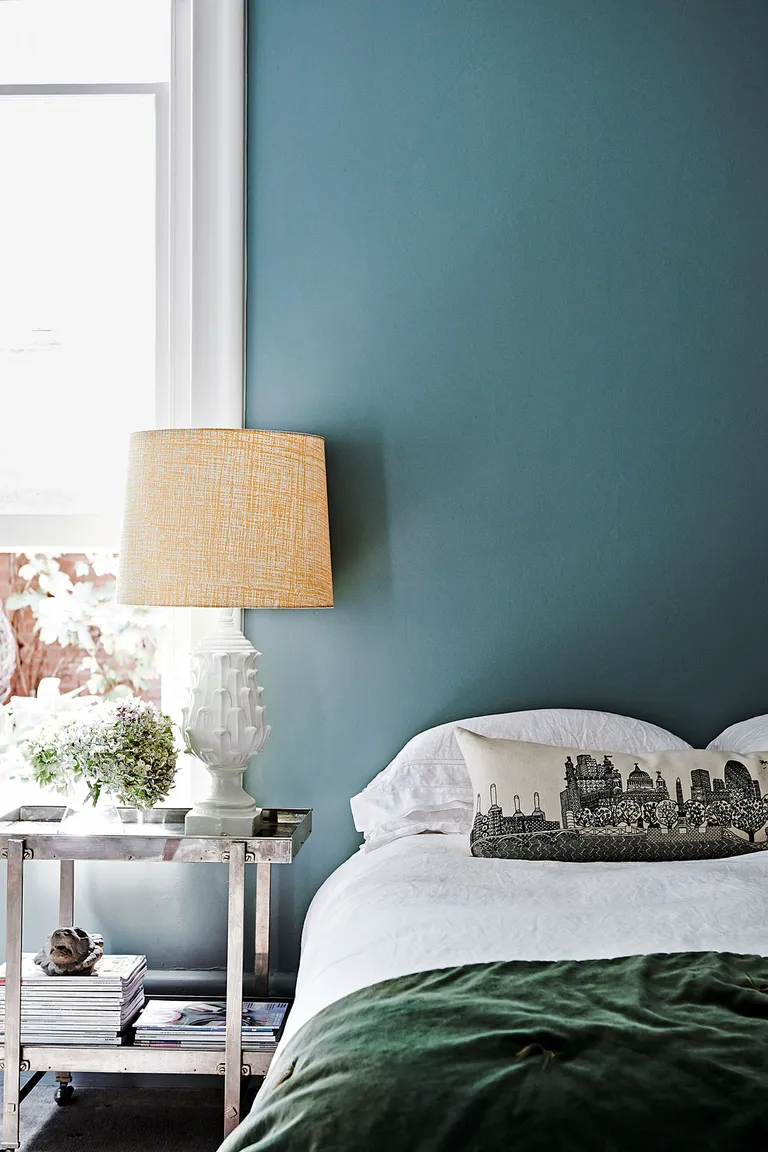
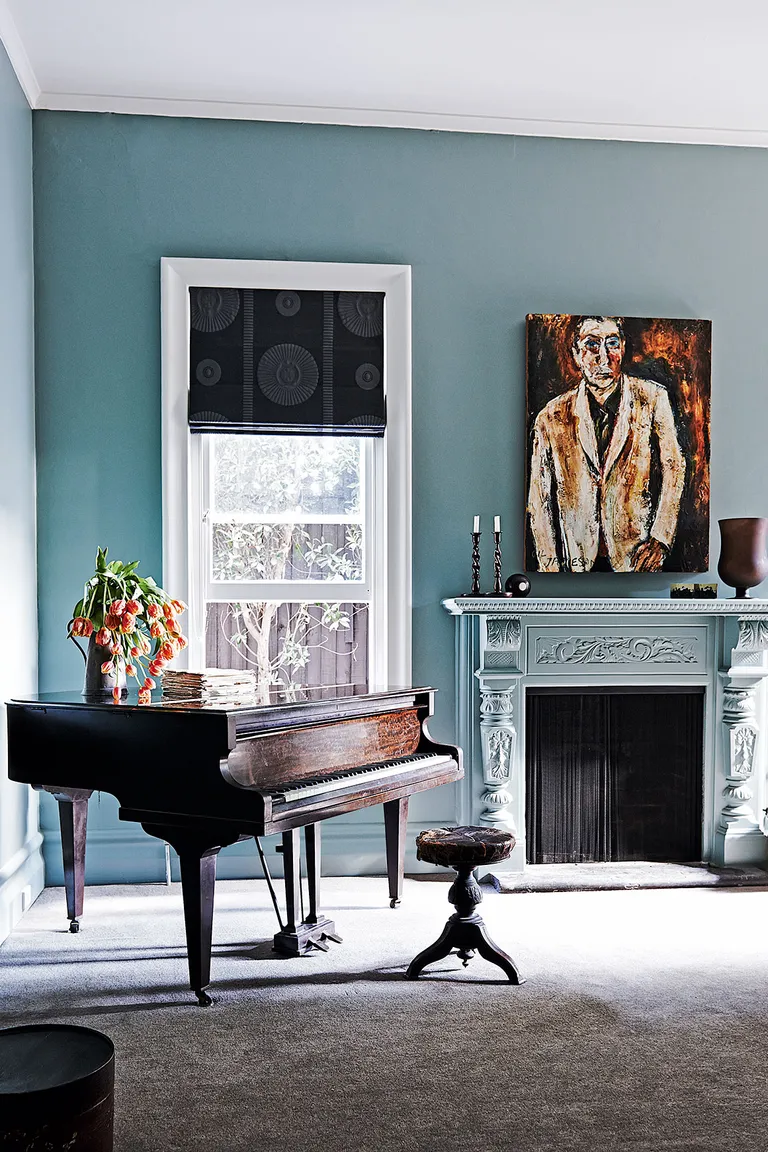
2. TRANSFORM THE ATTIC
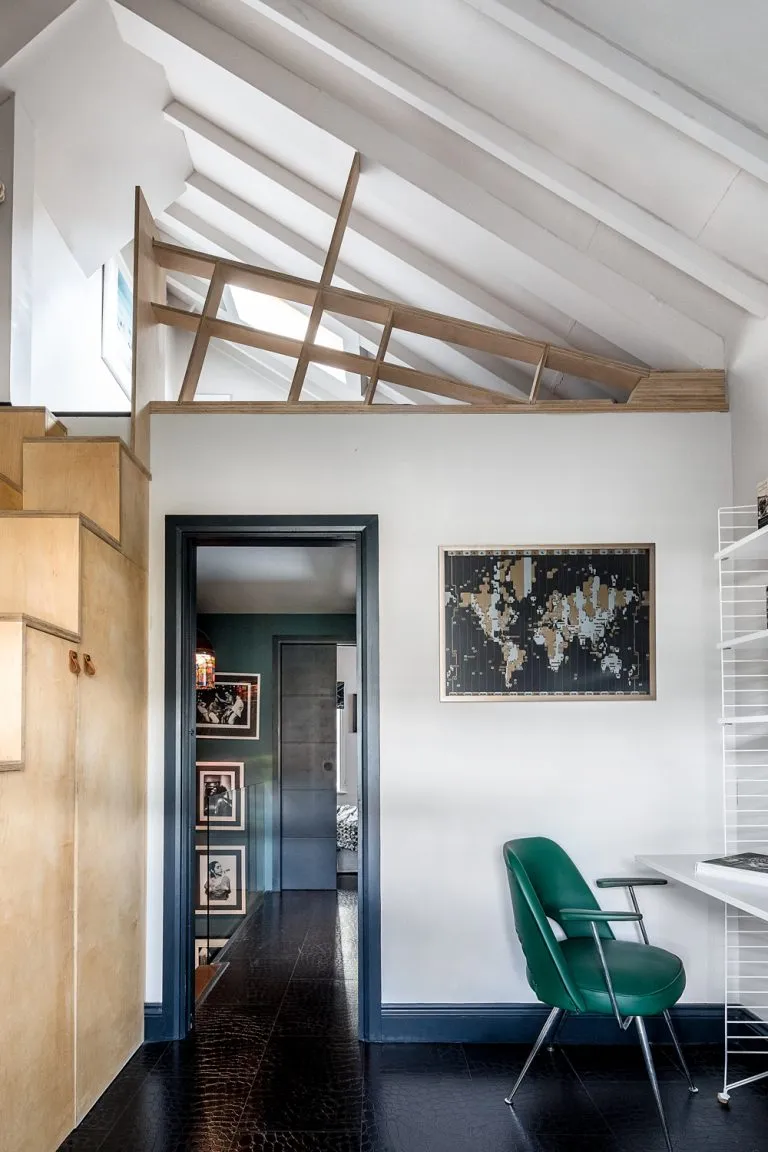
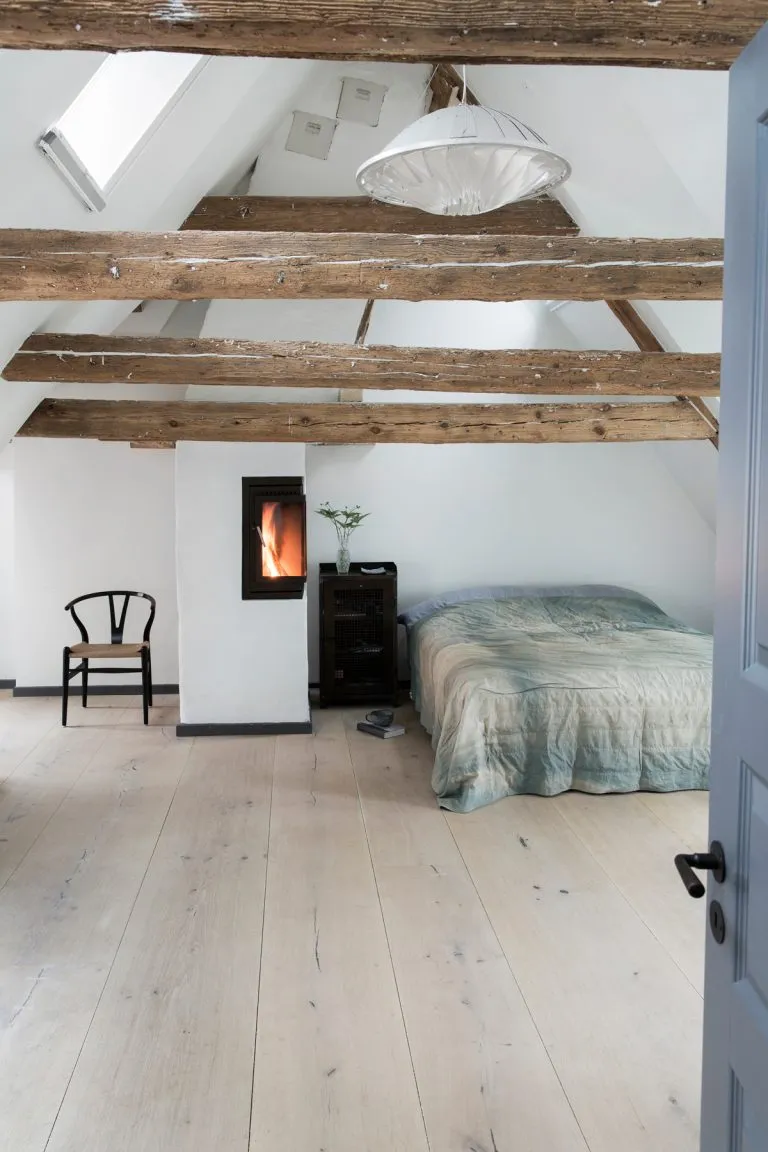
3. CONSIDER EAVES AND ALCOVES
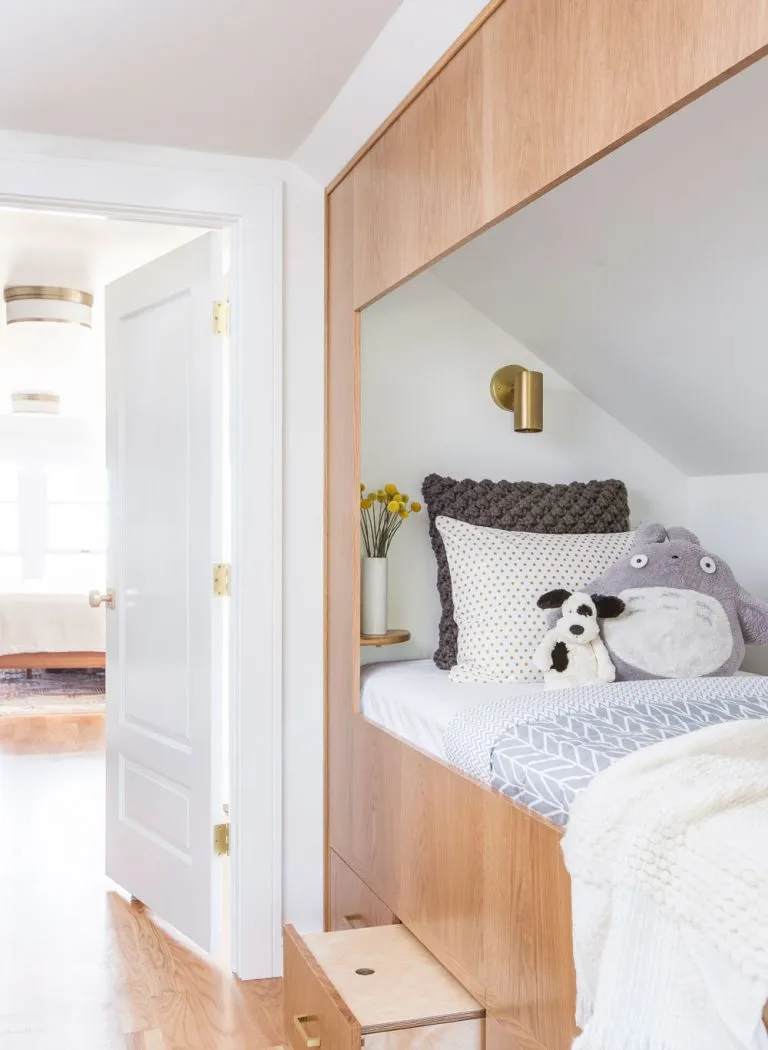
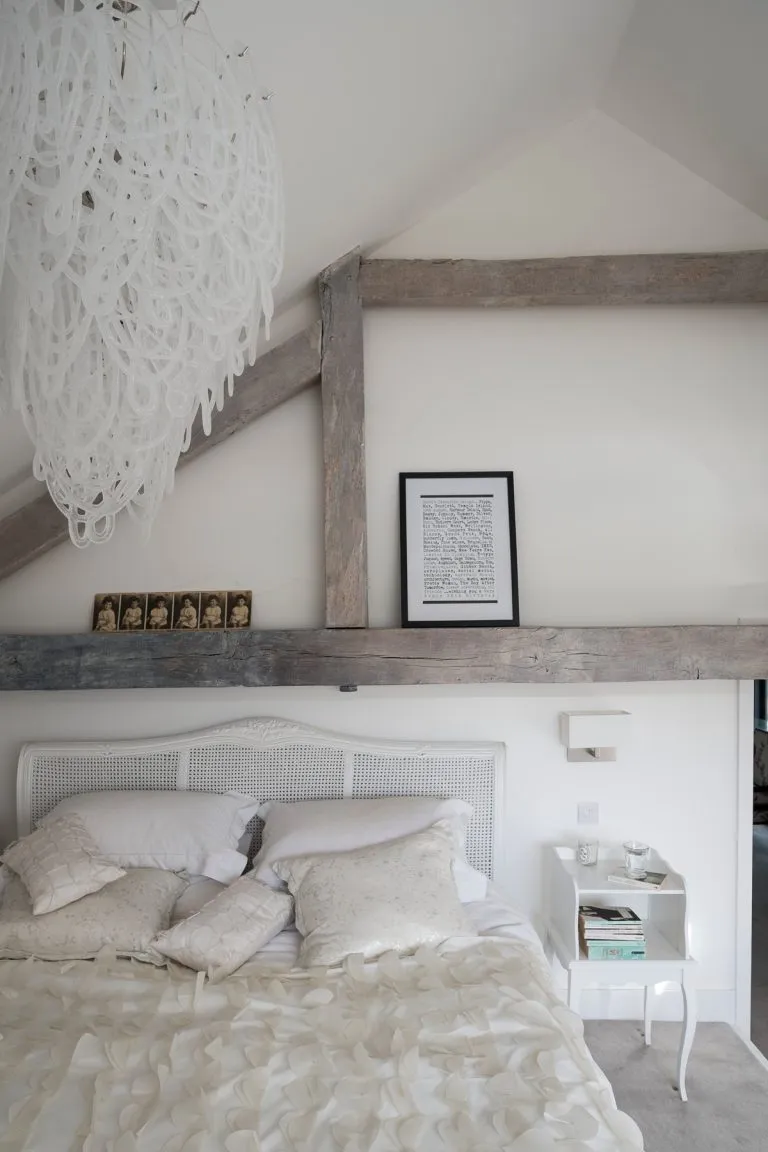
4. USE CURTAINS TO DIVIDE WHEN GUESTS ARE VISITING
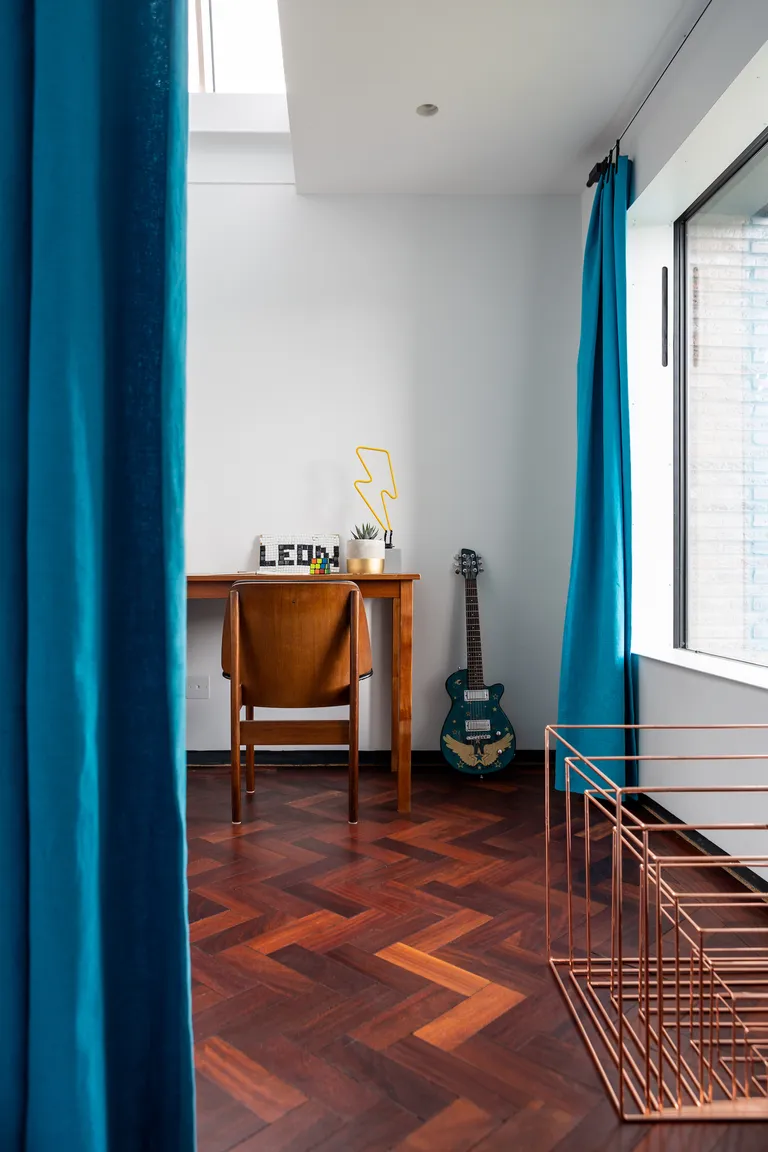
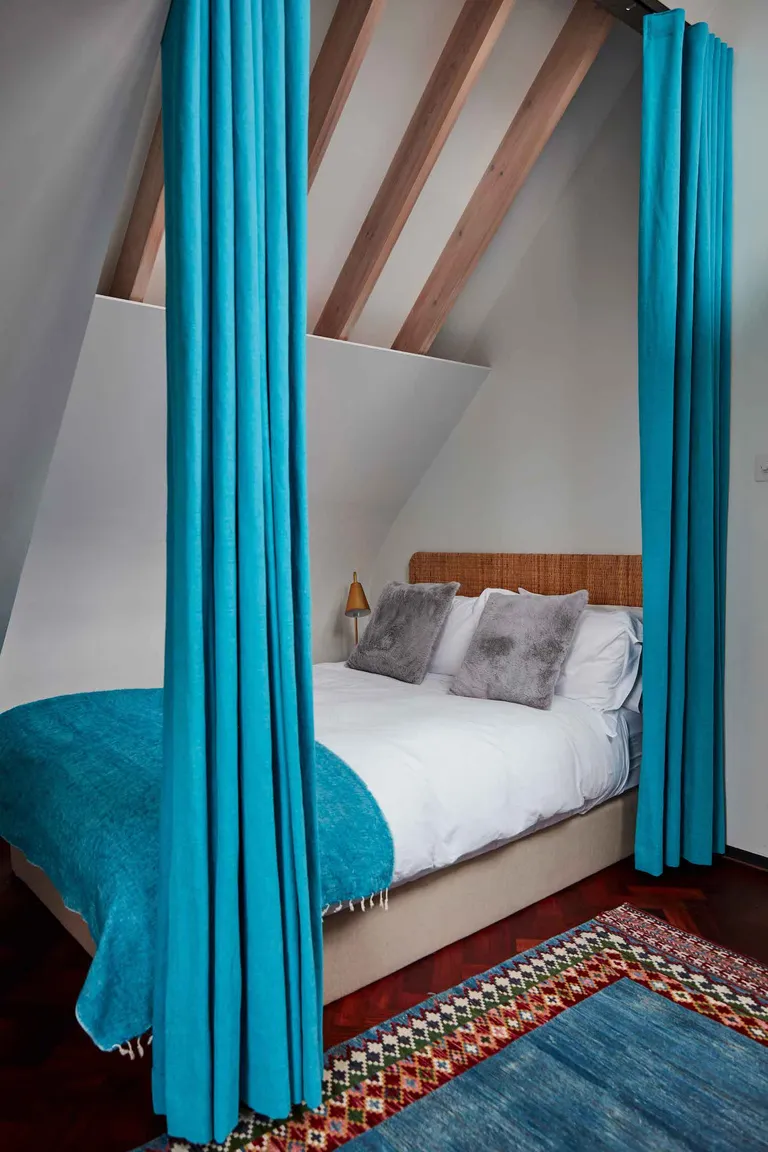
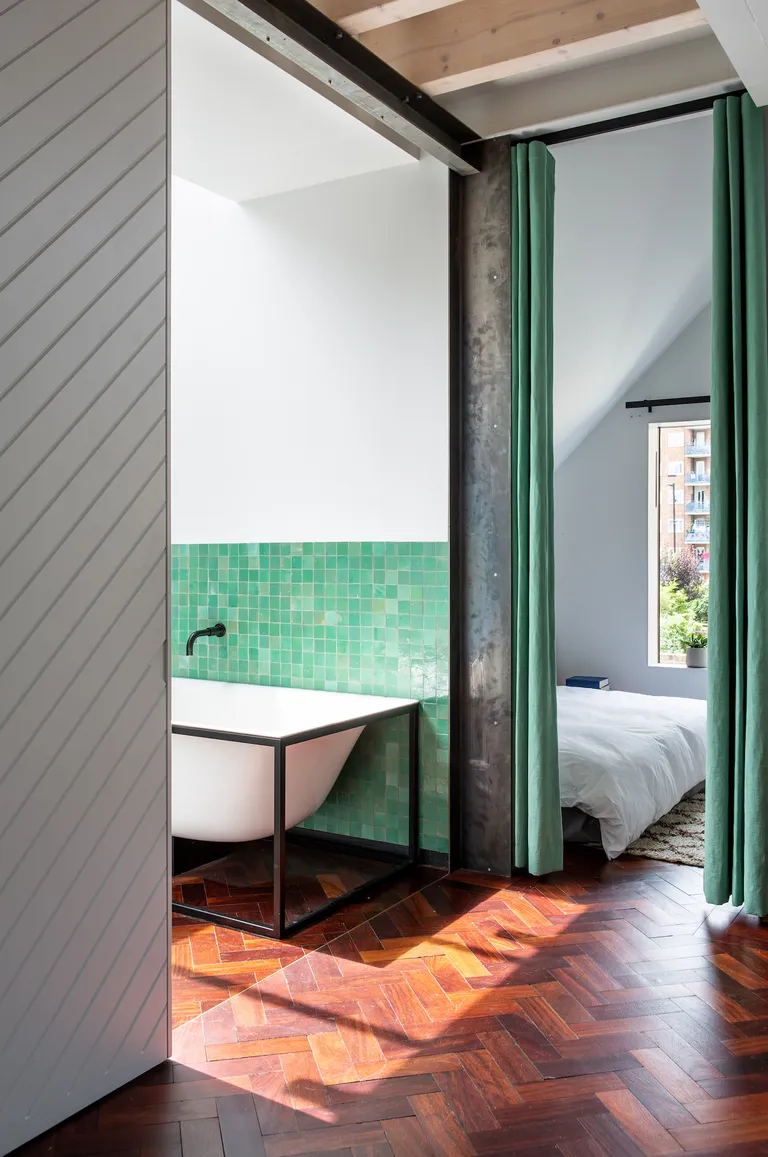
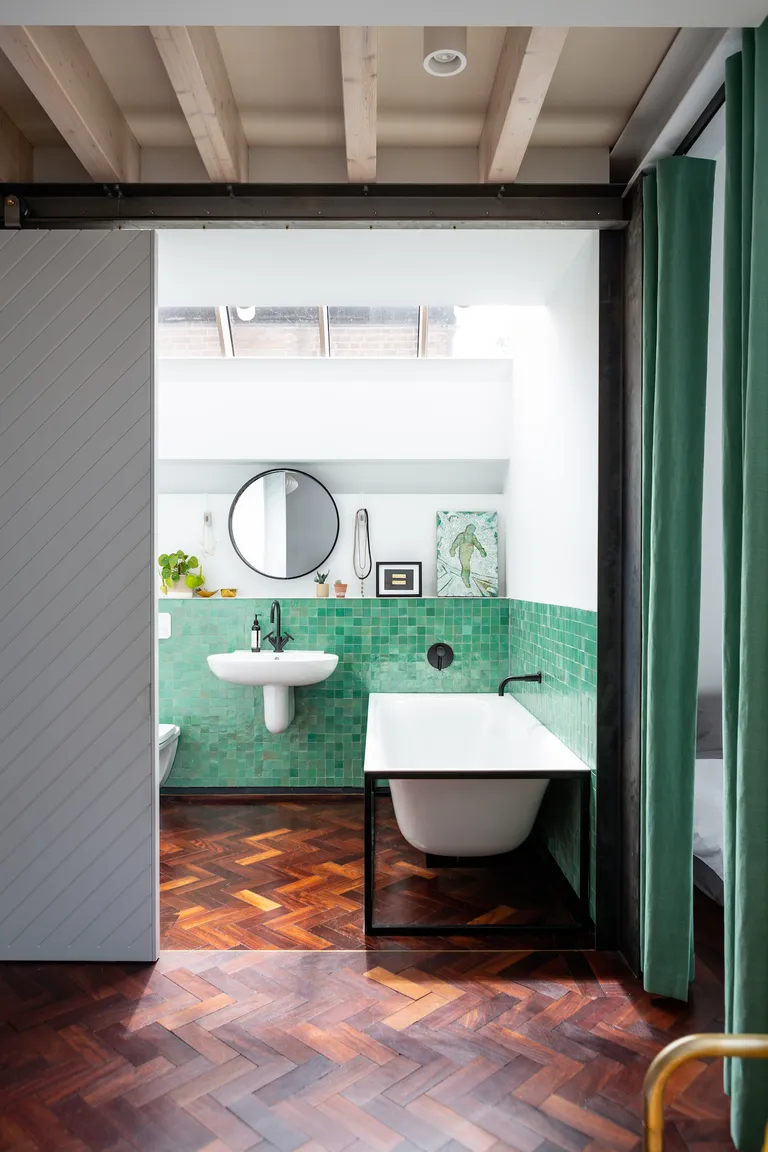
5. OR USE CURTAINS TO INJECT SOME TEXTURE
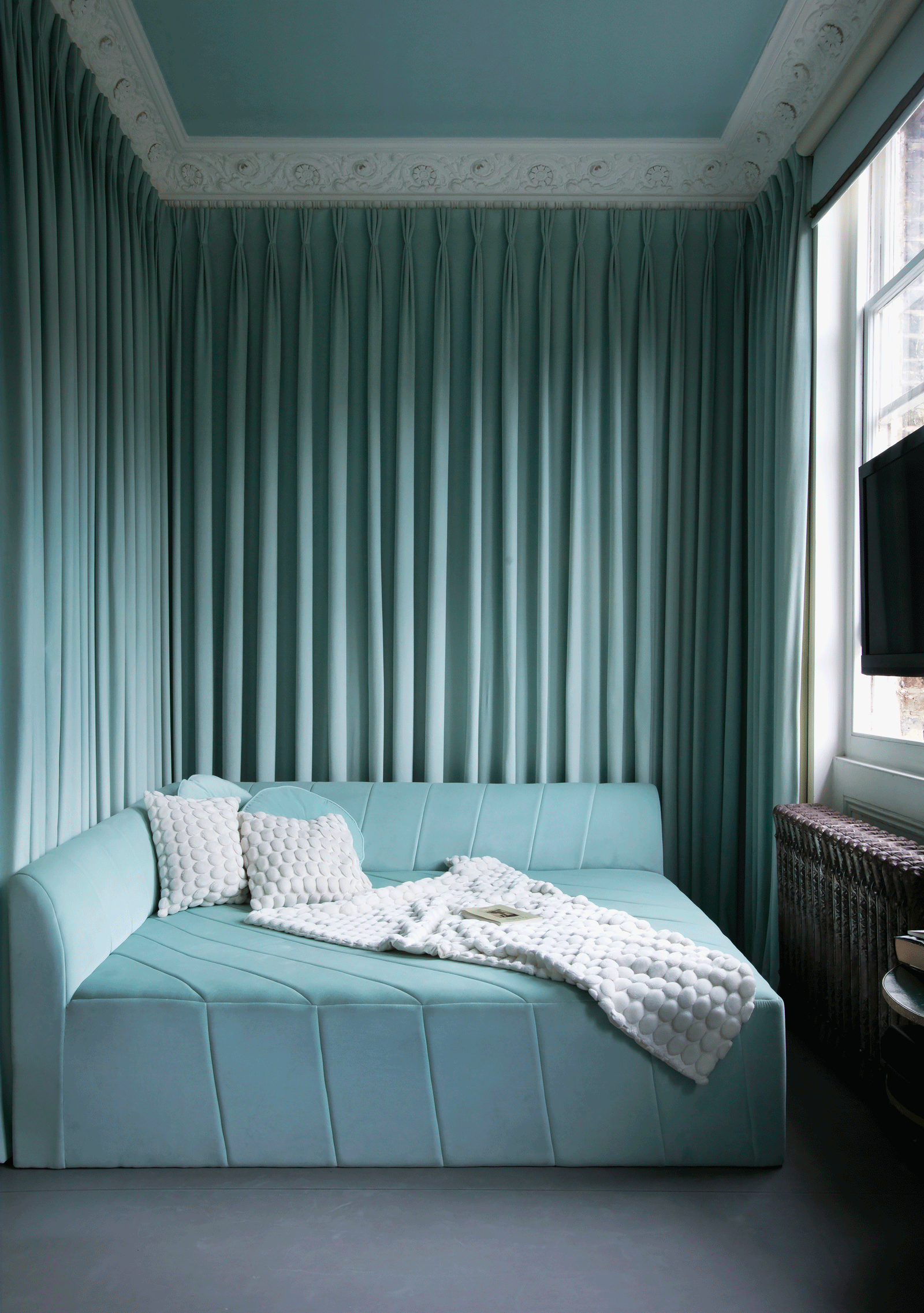
6. UPGRADE A GARDEN BUILDING INTO A GUEST HOUSE OR 'GRANNY FLAT'


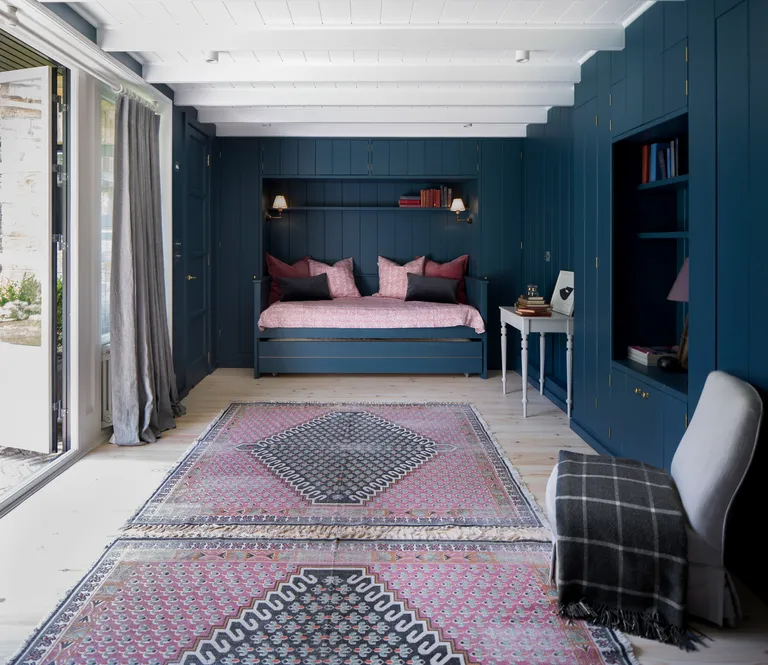
7. DIVE IN WITH A DARING THEME OR COLOUR
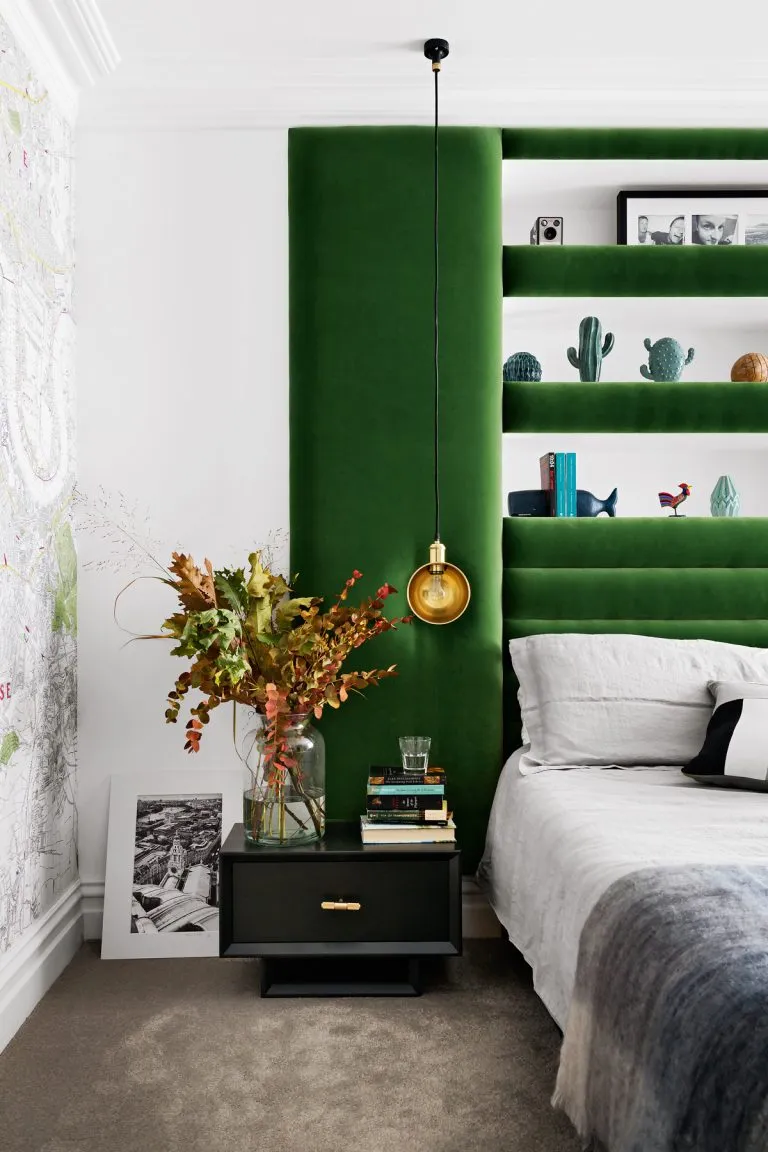
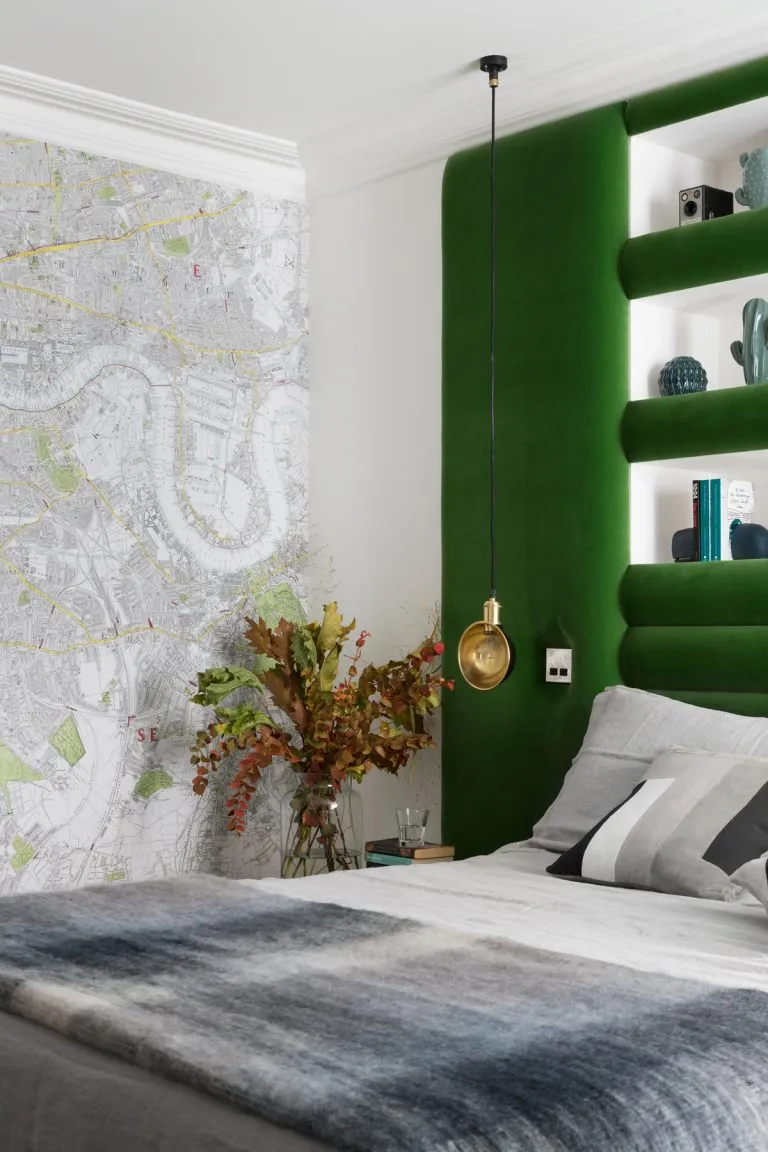
8. EXPERIMENT WITH A BOLD COLOUR
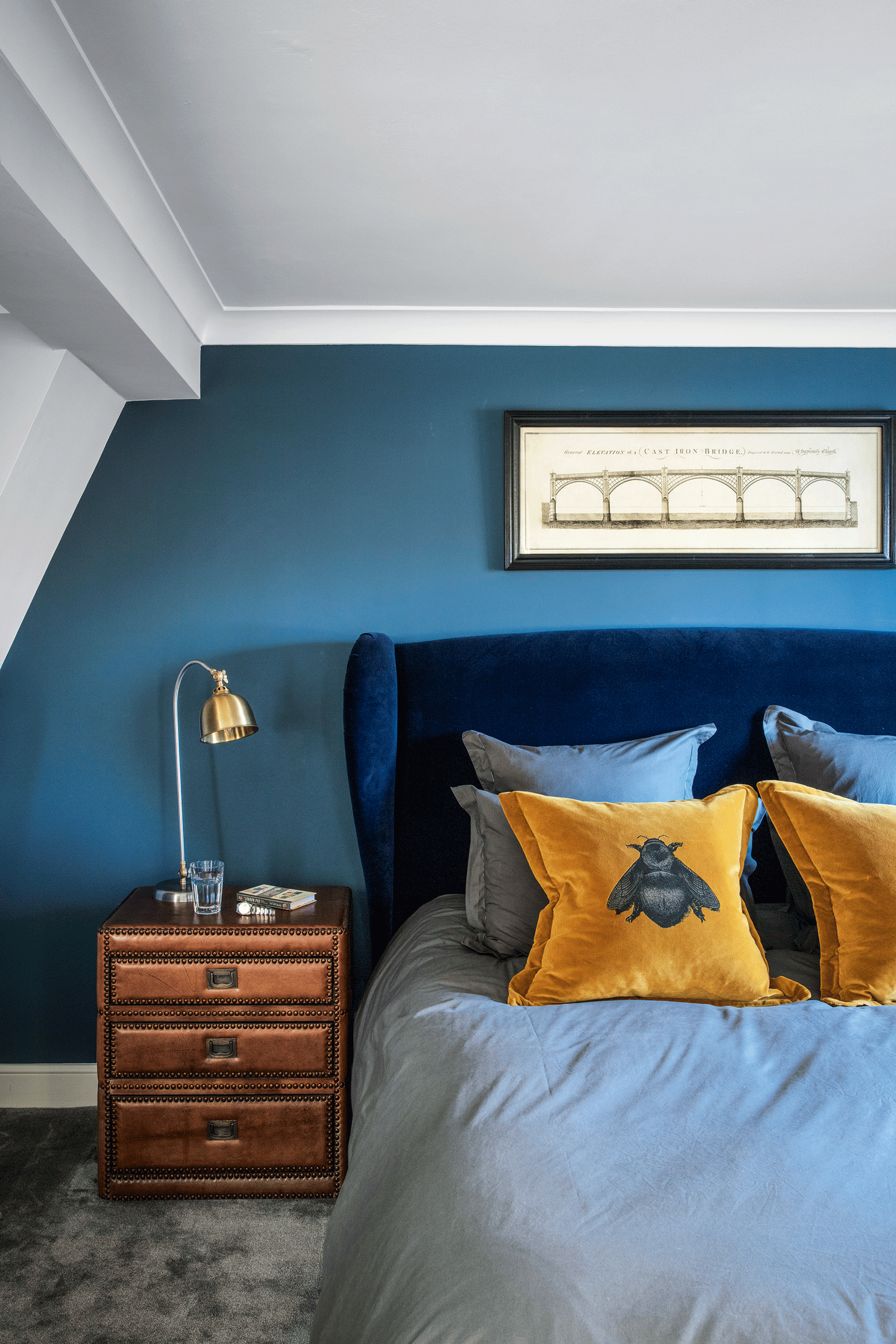
Posted on May 13th, 2021

